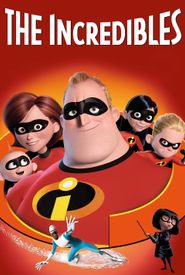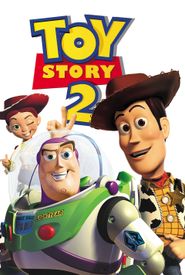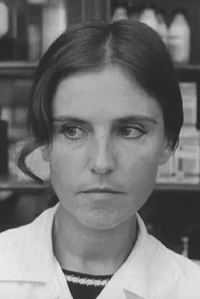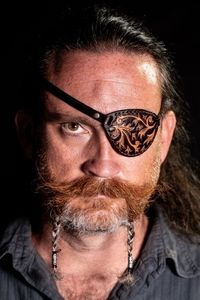Edwin Carpenter, a renowned computer graphics researcher and developer, co-founded and served as chief scientist of Pixar Animation Studios, inventing the Reyes rendering algorithm and co-authoring the PhotoRealistic RenderMan software that powers all of Pixar's movies. Following Disney's acquisition of Pixar, Carpenter became a Senior Research Scientist at Disney Research.
Carpenter's professional journey began in 1967 at Boeing Computer Services in Seattle, Washington, where he pursued a Bachelor of Science in Mathematics and a Master of Science in Computer Science from the University of Washington. During his time at Boeing, he focused on applying computer technology to enhance mechanical design processes, which were previously manual and paper-based.
On July 14, 1980, Carpenter presented "Vol Libre," a groundbreaking 2-minute computer-generated movie, at the SIGGRAPH conference. This demonstration showcased his software for generating and rendering fractally generated landscapes, earning a standing ovation and securing an invitation to work at Lucasfilm's Computer Division, which would eventually become Pixar. At Lucasfilm, Carpenter contributed to the "genesis effect" scene in Star Trek II: The Wrath of Khan, featuring a fractally-landscaped planet.
In 2001, Carpenter and his colleagues received the sole Oscar statuettes ever awarded for computer science. In 2014, he transitioned from his role as Senior Research Scientist at Disney/Pixar to Scientist at the Institute of Noetic Sciences, where he is primarily involved in experiment design and construction, leveraging his expertise in fabrication, computer science, and electronics. His notable contributions include the development of new instruments for recording and analyzing quantum background noise and instruments for sensing and amplifying mind-photon interaction.














